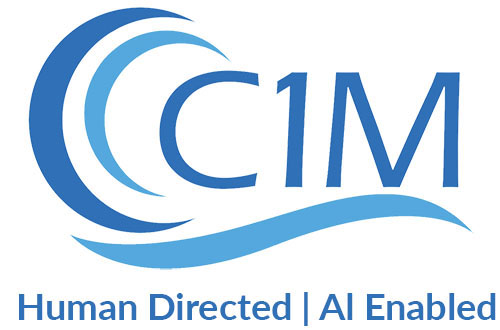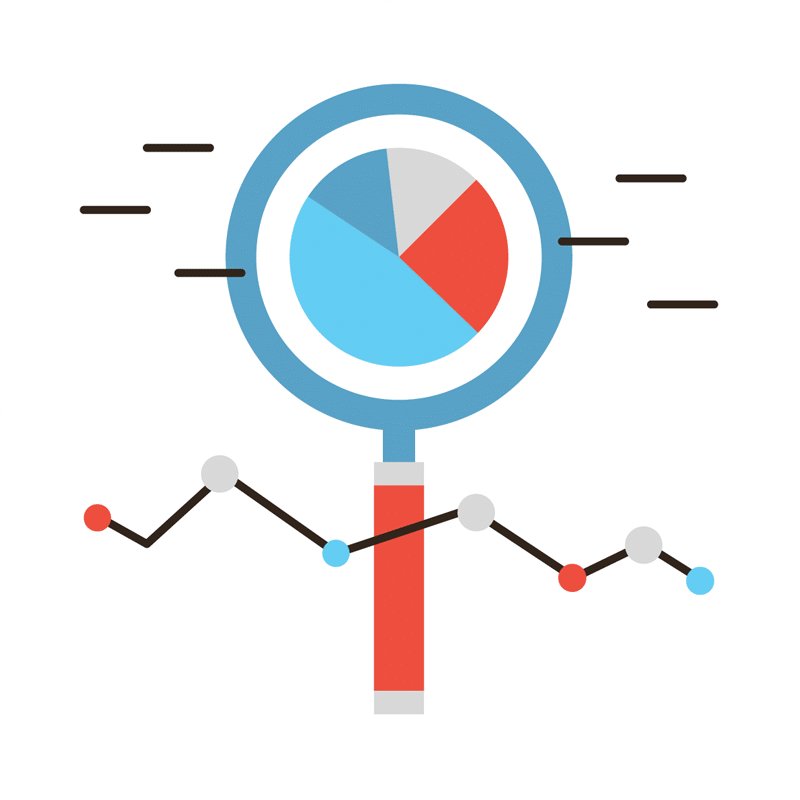
For business owners, a primary objective is to drive sales and generate fresh leads. This usually means formulating traffic- and lead-generating campaigns.
The goal of such campaigns is to:
- Entice customers to make a purchase
- Gather contact details via sign-up page, lead magnet or subscriber list
- Increase site traffic and exposure to your information
Google AdWords
What are the benefits?
- Budget control
- You decide the when and where of your ads
- Accessible on any device
- Performance visibility
- Takes the guesswork out of advertising
Here’s how to get started with Google Adwords:
1. Think of What You Want Your AdWords to Achieve
What is your ideal outcome with a new prospect? Is it to:
- Make a purchase;
- Visit your site;
- Call your business;
- Share their contact details;
- Visit your business?
Defining a specific outcome will influence the narrative of your campaign.
2. Define Your Budget
Many people shy away from digital advertising spending because they believe it to be too expensive. However, you only pay for the number of clicks you receive; that is, if no one clicks on your site, you don’t pay.
Furthermore, once your allotted budget is reached, your ads stop appearing — no unexpected fees.
3. Select Your Audience
For example, you can base your audience on location if you are small, local business, without the capacity to service large areas.
You also have the option of having your ad displayed in Google Search Network versus Google Display Network.
Google Search Network is the top result you see on the Google search engine when you search a particular keyword or phrase.
Google Search Network ads are more expensive and are displayed directly to people searching for your specific keyword. This network has a higher conversion rate.
Google Display Network are those ads, which are embedded into an article or website. Google Display Network ads are less expensive and are good for clicks, but generally, drive less traffic.
They are also displayed based on what Google deems as relevant keywords, and usually yield a lower conversion rate.
4. Build Your Keywords
Consider the following tips, when creating your keywords:
- Each phrase should be 2-3 words.
- An ideal number of keywords is between 5-20.
- Choose keywords with the best conversion rate — don’t fall too in love with your copy if it doesn’t perform.
- Check out what keywords your competitors are using.
- Be prepared to tweak and optimize your strategy (this may require allocating a larger budget.)
5. Align Keywords with Site Copy
As we said, don’t fall too in love with your copy if it doesn’t perform well and drive traffic. Try out different headlines and keywords to see what performs best, then tweak your copy accordingly.
Be willing to get flexible and strategic, if you want real results. You may love what you’ve written, but getting too attached to your copy can hold your site back.
This is a very basic starting point for Google Adwords. We recommend checking out our previous posts to learn more:
- Enhance Your Adwords Campaigns With Sitelink Extensions
- Top Five Biggest Adwords Mistakes (And How to Avoid Them)
Where Google AdWords is great for generating traffic, Facebook ads are even better for retargeting.
Did you know retargeting yields one of the highest returns on ad spending for advertisers?
Firstly, how does retargeting work? Retargeting is the simple process of reminding users, who have already displayed interest in your site, how great your product or service is.
It is an opportunity to reconnect with prospects and hopefully convert them into customers.
Have you ever browsed a site, added a few things to your basket, then decided otherwise and did not make a purchase?
The next day on your Facebook page, you notice an ad on the right-hand side from the exact site you visited the day before — perhaps even with the same items, you had in your basket! That is retargeting.
Here’s a quick and simple guide to Facebook retargeting campaigns.
1. Set Up “Custom Audience”
Log in to Facebook “Ad Manager” and tailor your audience. You’ll locate “Audiences” under the Business Manager drop-down menu.
From there, navigate to “Create Audience” and select “Custom Audience.” You can use this feature to select users who have already visited your website.
2. Select Website Traffic
Facebook gives several options for retargeting, regarding how people have reached your site or interacted with your content. Here they are:
- Customer File: match your customers with people on Facebook to generate an audience.
- Website Traffic: a list of people who have visited your site or related web pages.
- App Activity: a list of people who have taken specific action in your app.
- Engagement on Facebook: a list of people who have engaged with your content on Facebook.
3. Select Target Audience
You have plenty of options in building your target audience, from when they viewed your page to the exact pages they viewed. Here is a full list of the options:
- Anyone who visits your website
- People who visit specific pages
- People visiting specific web pages but not others
- People who haven’t visited in a certain amount of time
- Custom combination
4. Set up Your Pixel Code
A pixel code tracks site visitors and must be put on your website to start the retargeting process.
The code is transparent and can not be seen by site visitors, but can track who visits your site, as well as what pages they land on. Here’s how to find your pixel code:
- Head to the “Audiences” section of “Ad Manager”
- Select your new retargeting campaign
- Click on “Actions” then “View Panel”
- You will then see you pixel code
Place your pixel code on your website, and your retargeting campaign is ready to go!
5. Make Your Retargeting Campaign Successful
Now is your chance to nab your customers — don’t miss out on your second chance. Create an ad, which offers something of value, such as a discount, free shipping, etc. Make them an offer they can’t refuse!
Once you’ve started with your campaign, try out different ads and figure out what works best.
If you haven’t already, get your FREE copy of the Content First Marketing book.


